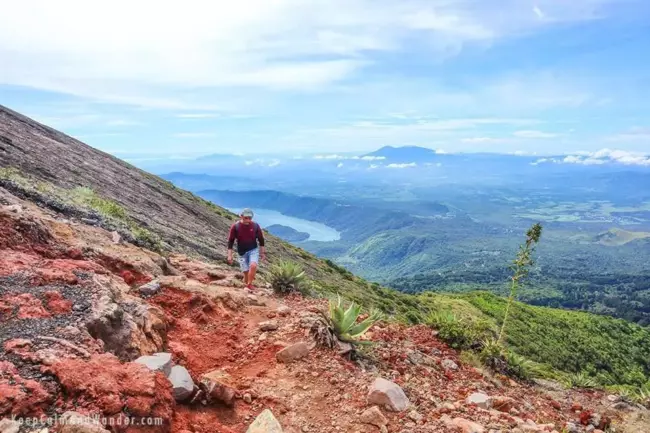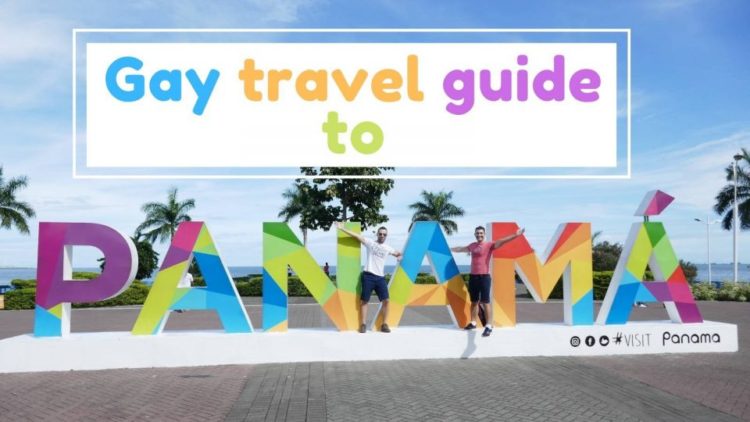…and God said, “Let there be sexy people”, so he created Panamanians!
Wise words from the Bible itself according to our gay friends Luis and Mario from Panama City…
Panama City is often nicknamed The Dubai of Latin America because of its immense economic growth in recent years and impressive dense skyline. But unlike Dubai, this mighty Latin American metropolis has a far more welcoming gay life, in a country where although culturally conservative, is constantly striving for LGBTQ equality.
Most will associate Panama City with the famous canal, which is a reason alone to visit. The city is also the gateway to some gorgeous tropical beaches within gay Panama, like San Blas and gay friendly Bocas del Toro. We stayed in Panama City for a week and loved it. It’s full of things to do, plenty of trendy bars, but most importantly, we left with a thirst to return for more. It’s also a useful destination because it’s one of the major transport hubs in Central America.
This is our complete gay guide to Panama City following with a focus on the gay scene, our pick of the most gay friendly hotels, our favourite things to do, and more.
Is Gay Panama safe for travellers?
Overall, yes, Panama is safe for LGBTQ travellers, but assuming you stick to the touristic areas of Panama City, Bocas del Toro and San Blas. If venturing beyond, into more local areas, we recommend taking extra care and avoid all PDAs.
Panama is a very conservative country. It a strong influence from the Catholic Church. Any attempt by the government to pass any progressive LGBTQ laws in Panama almost always gets blocked! As a result, Panama does not recognise same-sex unions and has no anti-discrimination laws to protect the LGBTQ community!
For example, a 2018 Inter-American Court of Human Rights ruling required Panama to recognise same-sex unions and allow gay couples to adopt. Sadly, the response was a constitutional amendment banning same-sex marriage by the Panamanian National Assembly in October 2019. The LGBTQ community of Panama has quite a long road ahead of it…
By Stefan Arestis – Full Story at the Nomadic Boys
Gay Panama Travel Resources



